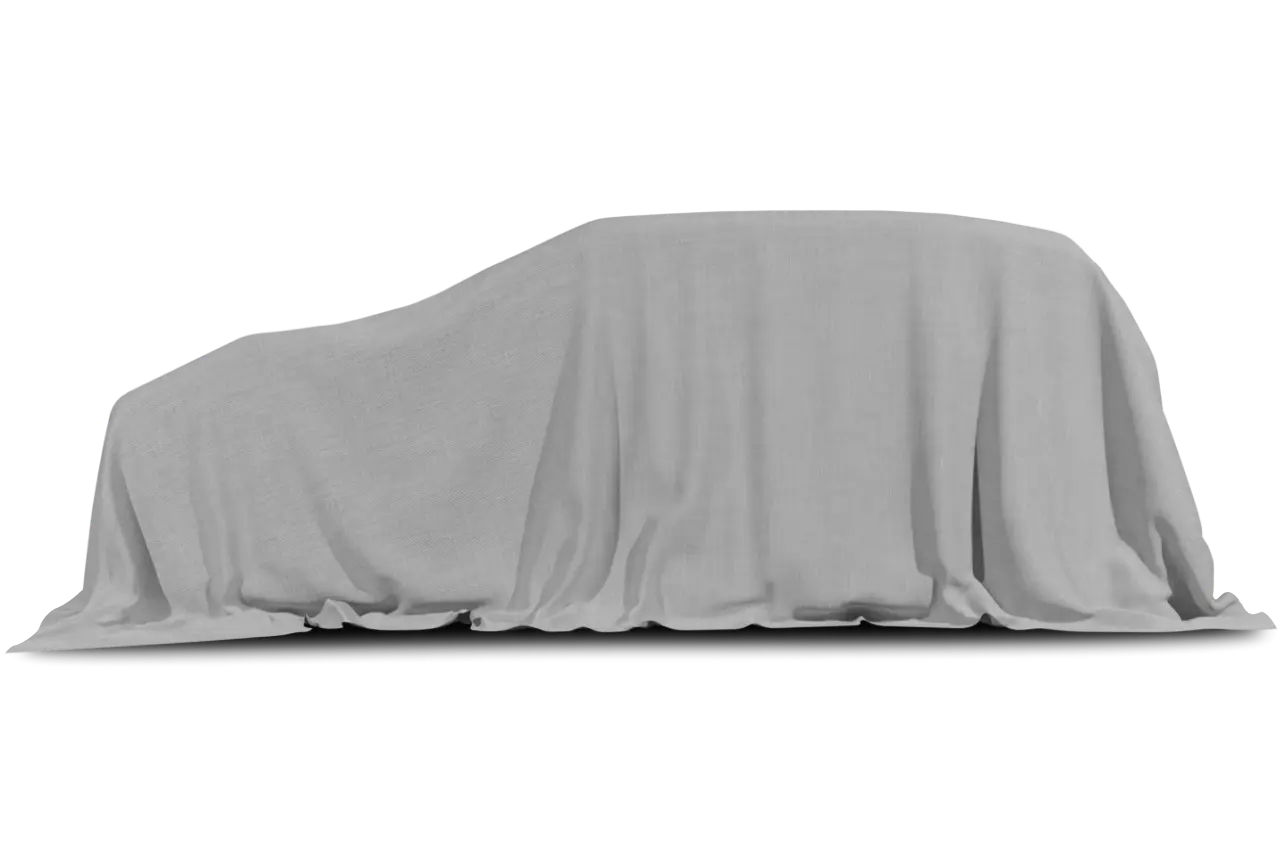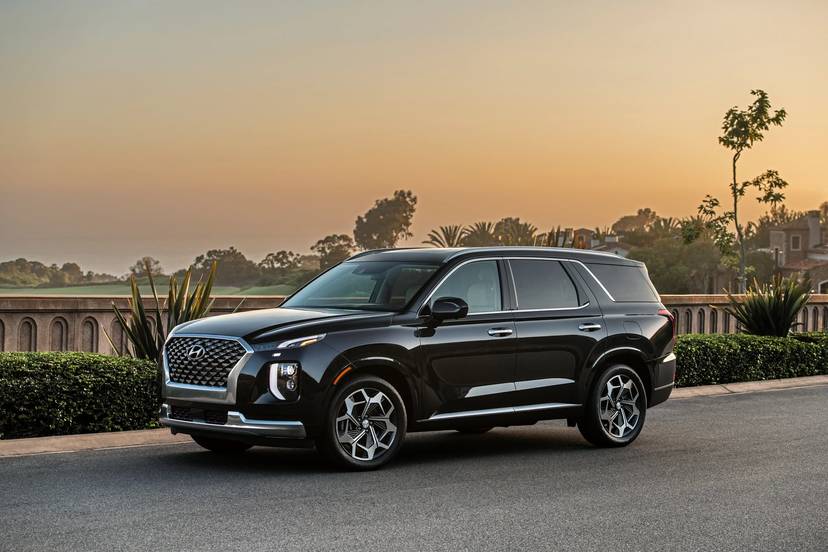
Editor’s note: This review was written in August 2014 about the 2014 Hyundai Veloster. Little of substance has changed with this year’s model. To see what’s new for 2015, click here, or check out a side-by-side comparison of the two model years.
Even a nifty multimedia system and a Lady Gaga-sized helping of uniqueness can’t distract from the fact that the 2014 Hyundai Veloster is slipping behind its competition.
Strange does not equal strong, as Hyundai’s three-door hatchback experiment proves. The automaker introduced the front-wheel-drive Veloster in late 2011 as a 2012 model whose sole engine was a pipsqueak of a four-cylinder. A turbo four-cylinder became available for 2013, and changes to the 2014 lineup include a standard backup camera, plus handling enhancements for turbo models. New R-Spec (turbo) and RE:FLEX (non-turbo) editions join the existing Veloster and Veloster Turbo; the RE:FLEX replaces last year’s limited-run RE:MIX edition. Click here to stack them up or here to compare the 2014 and 2013 Veloster.
Cars.com tested a well-equipped Veloster Turbo alongside seven other affordable performers in our Cheap Speed Challenge, which you can read about here.
Exterior & Styling
Hyundai’s familiar “Fluidic Sculpture” styling has its strangest canvas yet in the Veloster, a three-door hatchback with a backdoor only on the curb side. It takes some getting used to, both outside and in, with a B-pillar to one side but not the other (it’s farther back). There’s no oddness about the Veloster’s center crossbar that splits the rear window and obscures some of the view behind you, as the same is found on the Toyota Prius and other cars; still, it’s straight-up annoying here, too.
Seventeen-inch alloy wheels are standard; 18s are optional. The Veloster Turbo, which is slightly longer and wider than its normally aspirated sibling, gets a reworked nose that visually connects the upper and lower grilles into a hexagonal shape. R-Spec models have red accents on the lower bumpers and side sills.
The RE:FLEX, meanwhile, adds some chrome accents, a unique wheel finish and exclusive Ice Pearl paint among its color options. Hyundai will limit production to just 3,000 units, so if you want a RE:FLEX, get shopping — but try to leave the caps lock off when you email your dealer.
How It Drives
The Veloster’s 138-horsepower, 1.6-liter four-cylinder base engine has modest overall power, but the car’s EPA gas mileage (28/36/31 mpg city/highway/combined with an automatic) makes up for it. The Veloster Turbo is immediately quicker. Its turbocharged 1.6-liter engine makes 201 hp and 195 pounds-feet of torque, which is good for smooth-revving, punchy thrills as the tachometer’s needle ascends.
Editors liked our tester’s six-speed manual, whose smooth throws, light clutch and well-defined gates made it easy to pop from one gear to the next. Our car had a B&M Sport Shifter — standard on the R-Spec, $325 on our test car — that has slightly shorter throws than the standard gearshift. Our only complaint is accelerator lag, which introduces too much guesswork for expert rev matching.
Still, given the state of go-fast compacts, the Veloster Turbo falls behind. On our test track, the car needed 7.9 seconds to hit 60 mph. That beat the Fiat 500 Abarth’s 8.8 seconds but fell short of five other competitors; it was a full second or more behind the 2015 Volkswagen GTI and 2015 Subaru WRX. Similarly, the 500 Abarth and Veloster Turbo were the only two cars that needed more than 16 seconds to go a quarter-mile.
Alas, sloppy handling is also standard. Body roll is limited in the Veloster, but numb steering and a preponderance of nose-heavy understeer limit the fun. That understeer comes despite new Torque Vectoring Control for 2014, which slightly brakes the inside wheel in corners to mitigate said understeer. Hyundai says the Turbo has retuned steering versus the regular Veloster, but that’s little consolation given the car’s overall numbness — a recurring problem for the automaker.
Cars from the VW GTI to Ford’s Fiesta and Focus prove that not all front-drivers need to handle like they have a piano strapped to the grille. Hyundai needs to shed the Steinway and beef up the brakes while it’s at it. All Velosters employ four-wheel disc brakes, but even with the Turbo’s beefier front discs (11.8 inches versus the standard 11-inchers), stopping performance was disappointing. Our tester needed 135 feet to come to a stop, putting it in last place in our Challenge group, where one car needed as little as 114 feet.
Editors gave our Veloster Turbo middling scores for ride quality. It’s better than the brittle Fiesta ST or Fiat’s 500 Abarth, but it’s less composed than the GTI and its refined ride. The Hyundai employs a torsion-beam rear suspension, which is theoretically inferior to many competitors’ independent rear setups. The Veloster R-Spec, meanwhile, has its own performance suspension and steering calibrations.
Interior
A more aggressive take on Hyundai’s usual layouts, the Veloster’s dashboard is a mix of steely grays and textured angles that converge on a standard 7-inch center display. Most textures avoid the high-gloss shine that makes the cabins in a lot of sub-$20,000 cars feel cheap, and the doors mix hardscrabble stretches with unexpectedly generous padding. Still, low-budget silver plastic covers the door handles, and a pull handle on the driver’s door of our test car flexed and creaked as much as a retirement-home walker. Want better materials? Most sporty compacts have Hyundai beat. Check out the Honda Civic coupe, Volkswagen Golf/GTI or Subaru Impreza/WRX for the best examples.
The front seats have impressive adjustment range and decent space thanks to a low center console. The two-seat rear bench has a low center floor hump, which makes it easy for passengers to scoot in from the Veloster’s sole rear door to the spot behind the driver. (It’s a pain to load anyone from the longer, single door on the driver’s side, as the driver’s seat lacks a slide-forward feature.) Legroom in back is decent, but headroom is not — made worse by the fact that adults’ heads will be knocking against the hatchback’s rear window glass, not the headliner.
Ergonomics & Electronics
The Veloster’s stereo comes standard with USB/iPod connectivity, Bluetooth phone/audio streaming and Pandora internet radio integration when used with a compatible smartphone. Standard RCA inputs also allow you to connect a gaming console to play when the car is parked. A navigation system and 115-volt household outlet are optional, but HD radio is not offered.
Our test car had navigation, whose sharp graphics and extensive customization impressed us. You can even choose from among three welcome chimes — ranging from synthesized 1980s newscast Muzak to synthesized 1980s PSA Muzak — or turn off the intro entirely. Still, the system may be too complicated for its own good: The touch-screen teems with tiny buttons, and functions like map zooming hide in unnecessary submenus. What’s more, the Veloster has yet to add swipe-to-scroll or pinch-to-zoom map functionality, something the industry (see the Honda Civic, for example) has increasingly adopted from smartphones.
One plus: Turbo and RE:FLEX models have Dimension premium audio, which is optional on the base Veloster. It’s impressive — especially in a class not known for audio quality.
Cargo & Storage
The 60/40-split folding rear seats expand cargo volume from 15.5 cubic feet to a maximum 34.7 cubic feet, but both figures are on the low end among smallish hatchbacks. Hyundai makes up for some of that with a lot of functional storage up front, including an overhead sunglass holder (less common in this segment) and generous space in the center console and a bin ahead of the gearshift.
Safety
The Veloster earned the top score, good, in the Insurance Institute for Highway Safety’s front, roof-strength and head-restraint tests. But it earned an acceptable score in side-impact tests and only marginal in IIHS’ small-overlap frontal test. (IIHS scores are good, acceptable, marginal and poor.) In a class where the Civic, Impreza, Golf and others have better ratings across the board, the Veloster’s performance is cause for concern, and not just for the safety-minded. Standard features include six airbags, plus the required antilock brakes and electronic stability system. Advanced safety technologies, like frontal collision warning and blind spot detection, are unavailable. Click here for a full list of safety features and here to see our evaluation of child-safety-seat installation in the 2012 Veloster Car Seat Check.
Value in Its Class
The Veloster’s generous multimedia setup, a standard backup camera and 17-inch alloy wheels make the $18,610 (including destination) base model a decent deal. It’s a few hundred less than a two-door Honda Civic and nearly $1,400 below the Scion tC, two other popular sporty coupes. On the other end, an optioned-out Veloster Turbo with heated leather seats, automatic climate control, navigation and a panoramic moonroof runs around $28,000 — thousands less than the ceiling for the GTI, Focus and several others.
The value formula has worked so far for the Veloster, which outsold the tC through the first six months of 2014. But the car’s weaknesses, as well as poor crash-test ratings and a poor reliability showing in its first two years on the market, make it a doubtful choice. In Cars.com’s eight-car Cheap Speed Challenge, the Veloster placed sixth. Enough said. Unless you’re shopping on budget alone, there are better choices elsewhere.
| Send Kelsey an email |







































